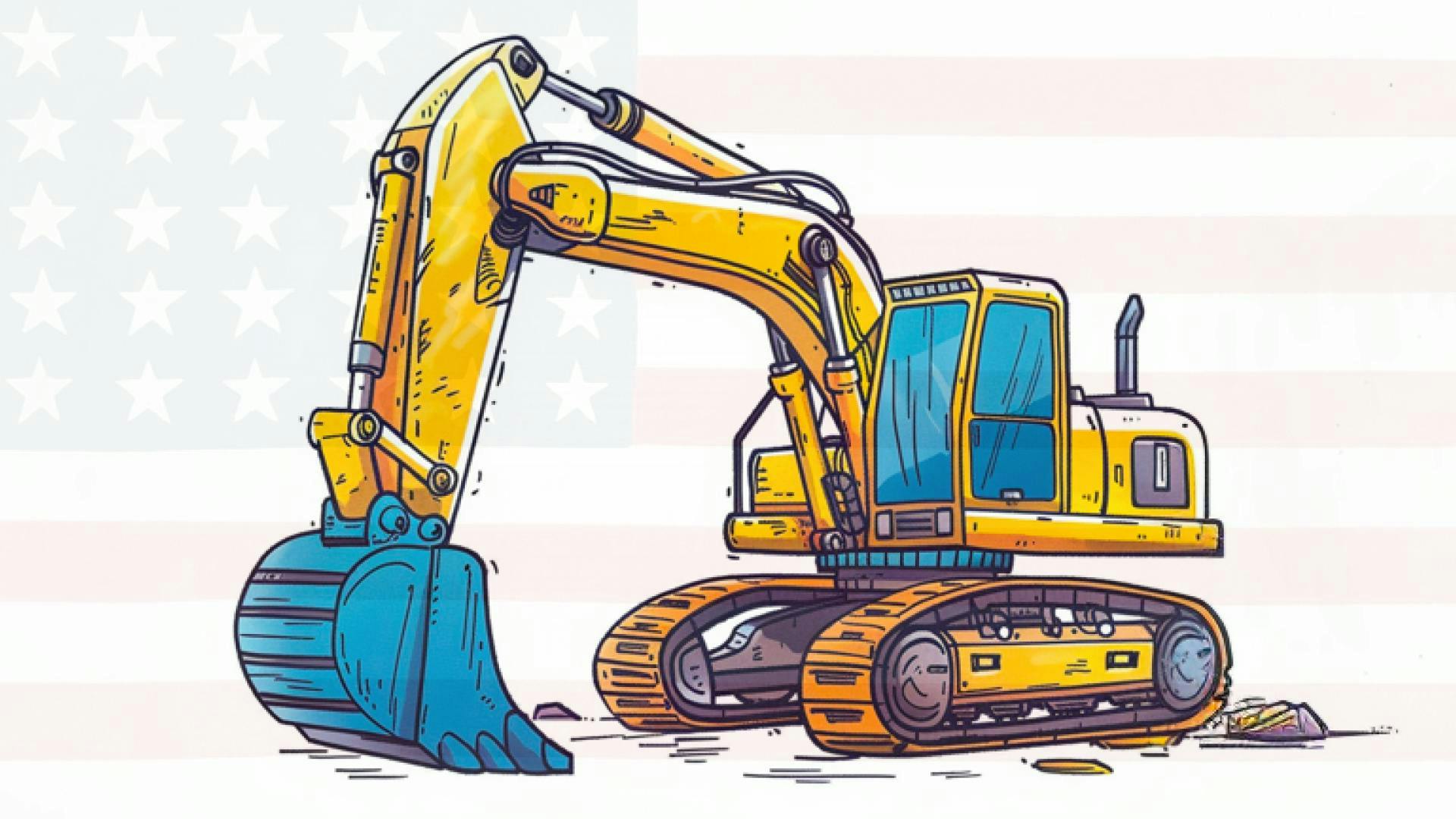The U.S. labor market is currently experiencing unprecedented demand for skilled tradespeople, as sectors like construction, manufacturing, and energy face critical workforce shortages. This demand is being driven by a combination of aging workers, fewer young replacements, and significant infrastructural and energy projects.
The Data on Demand for Skilled Trades
According to McKinsey & Company, the U.S. skilled labor market is under "record-high pressure" with labor shortages becoming more pronounced due to aging workers and fewer young people entering the trades. Since the first quarter of 2020, wages for skilled trades have increased by over 20%, signaling a significant market adjustment. Specific trades such as electricians, welders, and construction workers are in high demand, with projections suggesting that hiring needs will outpace new job creation by more than 20 times from 2022 to 2032. This could potentially cost companies over $5.3 billion annually in recruitment and training.
Analyzing Workforce Development Challenges
The skilled trades gap is exacerbated by demographic trends and cultural perceptions. The U.S. is experiencing an aging workforce, with a projected 75% increase in the ratio of post-working-age to working-age individuals by 2027. Concurrently, there's a cultural stigma associated with vocational education, which deters younger generations from pursuing trade careers. McKinsey reports show that despite a recent 3% increase in vocational enrollment, 74% of young Americans perceive a stigma around vocational schooling. The pandemic further impacted labor force participation rates, particularly among older and younger age groups, complicating recovery efforts in trades that require physical presence.
Strategic Solutions and Future Projections
To address these challenges, regional workforce development councils and companies are adopting innovative strategies to fill talent gaps. These include enhanced data-sharing with partners to better understand demand, incentive packages to encourage training, and investments in technologies that augment worker productivity. For instance, some regions have implemented "employer signaling systems" to synchronize labor market information and educational output with real market demands. On the corporate side, companies are increasingly turning to automation, such as cobots, to handle repetitive tasks, thereby allowing skilled workers to focus on more complex and critical functions.
Companies are also revising their benefits packages to attract and retain talent. For example, competitive compensation structures, comprehensive benefits including health and retirement plans, and opportunities for advancement are becoming standard as firms vie for a limited pool of skilled workers.
The ongoing demand for skilled trades is a pivotal issue for the U.S. economy, influencing everything from infrastructure development to the pace of the renewable energy transition. Addressing this challenge effectively will require continued innovation in workforce development and a concerted effort to shift cultural perceptions about trade careers. As the market evolves, the stakes for strategic workforce planning and investment in human capital are incredibly high, underscoring the need for sustained efforts to bridge the skilled trades gap.




